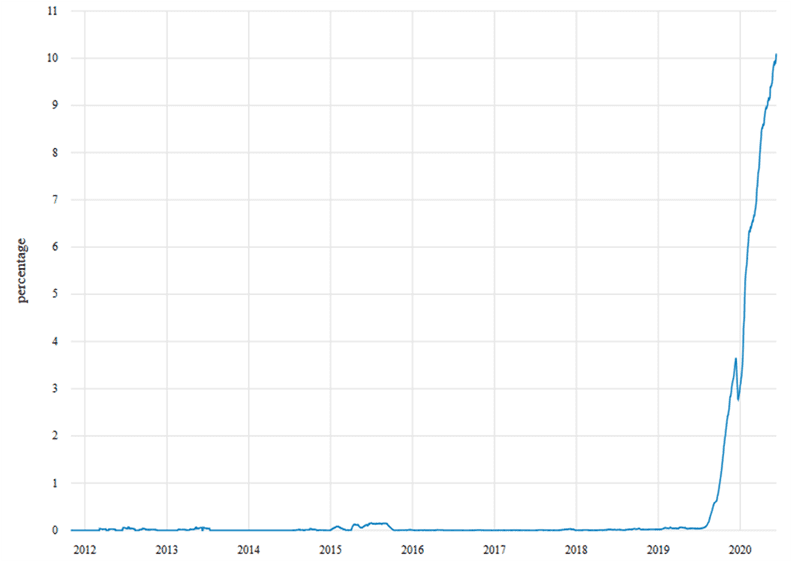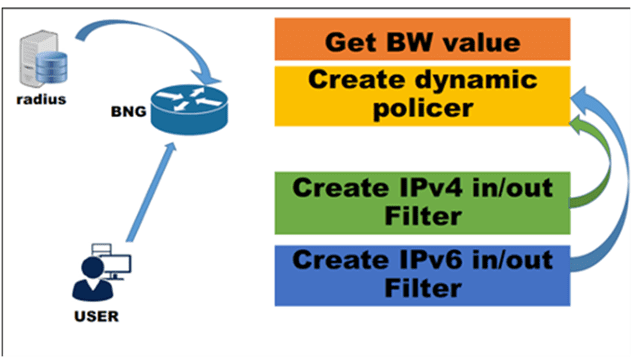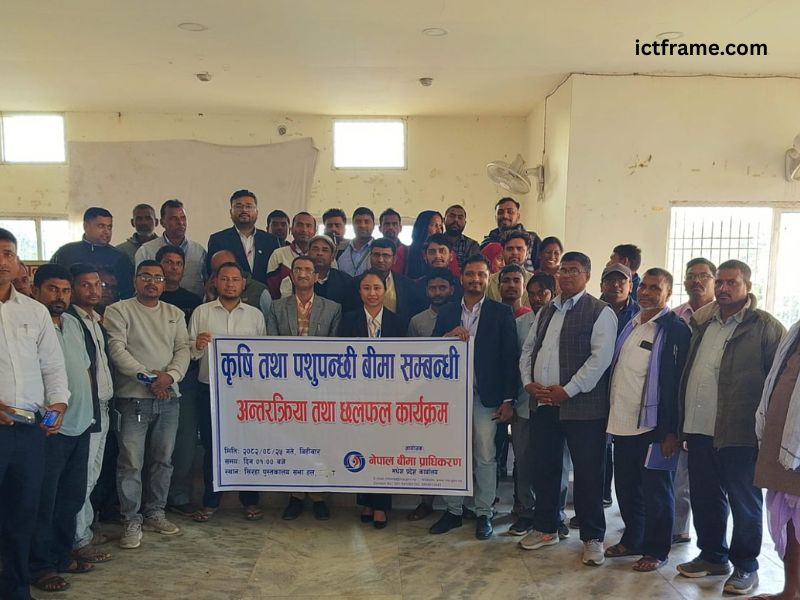Worldlink Deploys IPv6 Along with IPv4, Journey to IPv6
11th June 2020, Kathmandu
Nepal’s largest Internet Service Provider (ISP), Worldlink has successfully deployed IPv6 along with IPv4. It is a tried and tested process that Worldlink has managed to adopt by realizing the depletion of IPv4.
With wireless and network-connected devices increasing rapidly every day, the unique IPv4 addresses will soon exhaust at some point. In fact, it was supposed to happen in the early 2010s. However, selling and re-using of IPv4 has somehow delayed the exhaustion problem, until now.
Speaking at APRICOT 2020, Rabindra Maharjan from Worldlink shared the journey of the ISP to IPv6. He gave an insight into the challenges they’ve faced and how they managed to successfully implement the dual-stack solution.
He adds that implementing dual-stack was the easier way to go around the problems as alternative methods would require multiple levels of research. “It is too early to build an IPv6 network only as of now. Maybe in the future, we can go for IPv6 network only but only when all the contents are ready for migration from IPv4 to IPv6,” he said.
Currently, Worldlink provides IPv6 services to over 100K customers. Furthermore, the traffic mix is around 51% on IPv6, while it is 44% on IPv4.
The aim is to work on improving the IPv6 percentage.
Source: APNIC (A sharp increase in Nepal’s IPv6 capability from Feb 2020)
What is IPv4/IPv6 Dual Stack?
If you have no concept of the difference between IPv4 and IPv6, let’s just say that IPv6 is a new IP address format. It is not new in terms of its discovery as it came into existence in 1998.
However, it’s sole purpose is to replace the IPv4 protocol when the time comes.
Take a look at an example of the difference between the two formats:
- Sample IPv4 address: 192.168.1.3
- Sample IPv6 address: 2001:0578:0123:4567:89AB:CDEF:0123:4567
A significant problem arises while converting to IPv6 which ISPs face.
That’s where the method of dual-stack comes to the rescue. In this solution, every server, switch, router, networking device, and firewall in an ISP’s network is configured with both IPv4 and IPv6.
Most importantly, it enables the ISPs to process both IPv4 and IPv6 data traffic simultaneously.
Also say, your default browser protocol is IPv6. Then, it can fallback to IPv4 within a few seconds if its default protocol doesn’t work.
Worldlink’s Journey to IPv6
With thorough research by getting a team together, Worldink selected dual-stack as their go-to solution. By doing so, Worldlink prevented extra overhead of transition options such as header translation and encapsulation.
Addressing plan that Worldlink chose: Source: Journey to IPv6
Source: Journey to IPv6
Deployment Challenges
Rabindra Maharjan highlighted the challenges faced by Worldlink in this journey. According to him, the first challenge was to control bandwidth as they are running dual-stack. So, there is a need to control IPv4 and IPv5 pipes independently.
Figure – Bandwidth shaping solution
Secondly, IPv6 traffic was blocked on switching. Similarly, they realized that there is no filtering mechanism for IPv6 on CPEs as of yet.
The visibility of IPv6 distribution on CPEs to end devices was also an issue. This made it difficult to figure out which IPv6 address was assigned to which end device. Likewise, Rabindra and his team found it difficult to troubleshoot issues from CPEs.
What’s Next?
Tests show a slightly better latency over IPv6. Rabindra suggests it is because there aren’t as many layers of processing as compared to Network Address Translation (NAT).
The future plan is migrating Worldlink’s internal infrastructure to IPv6. As of now, they have created an AAAA record for their company website.
It is conceptually similar to the A record. But, the AAAA record allows specifying the IPv6 address of the server, rather than the IPv4.
Click here to see more of what Rabindra Maharjan has to share regarding IPv6 at Worldlink.
Also Read: Nepal Government Roadmap For IPv4 To IPv6 Network Migration Is A Must










